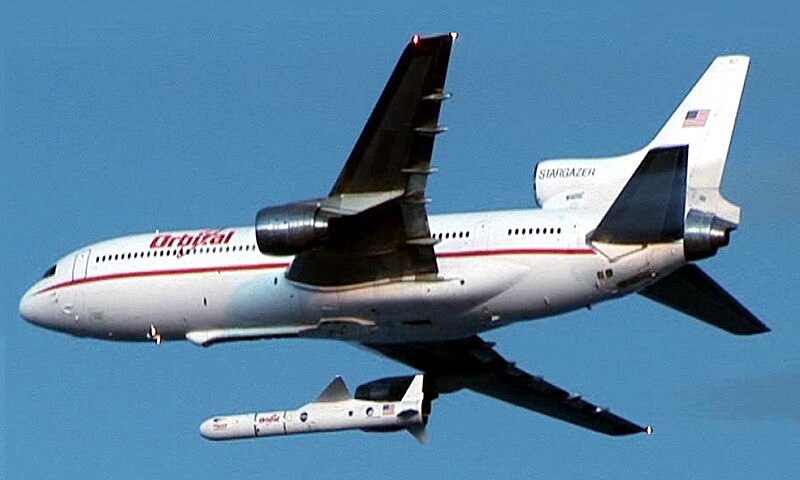Our star, the Sun that we see everyday, still holds plenty of mystery to us. On that has been quite perplexing has to do with the temperature. We know that at the surface it is very hot and that as you move away from the surface into the photosphere, it gets cooler, but strangely as you continue out through the atmosphere to the corona, it gets hotter again... several times that of the hottest spots on the Sun itself. It isn't clear exactly what the mechanism is for this.
NASA Says:
IRIS will make use of high-resolution images, data and advanced computer models to unravel how matter, light, and energy move from the sun’s 6000 K surface to its million K outer atmosphere or corona. A fundamentally mysterious region that helps drive heat into the corona, this area has been notoriously hard to study. IRIS will be able to tease apart what's happening there better than has ever been done before.
The mission has three objectives:
1. Which types of non-thermal energy dominate in the chromosphere and beyond?More of the science of the mission is detailed here.
2. How does the chromosphere regulate mass and energy supply to corona and heliosphere?
3. How do magnetic flux and matter rise through the lower atmosphere, and what role does flux emergence play in flares and mass ejections?
One of the really interesting things about this mission is how the spacecraft will get into orbit. Rather than lifting off from a standing start as most space missions do, this one will be carried aloft by an L-1011 jumbo jet. The plane will take from Vandenberg Air Force Base and take an hour to fly out over the ocean and gain altitude. At a height of 39,000ft it will drop the Pegasus XL, a rocket that will boost the IRIS into orbit in a mere 13 minutes. This launch method should save significant amounts of fuel and cost compared to a traditional launch.
Departure is planned to occur at 6:27 p.m. PDT and the drop of the Pegasus XL is targeted for 7:27 p.m. PDT on June 27.
You can watch live on the web starting at 6pm PT on NASA TV.
IRIS Mission home page
NASA IRIS Mission Web Site
NASA IRIS MIssion Overview
IRIS Educational Study Guide
(all photos courtesy of NASA)




No comments:
Post a Comment